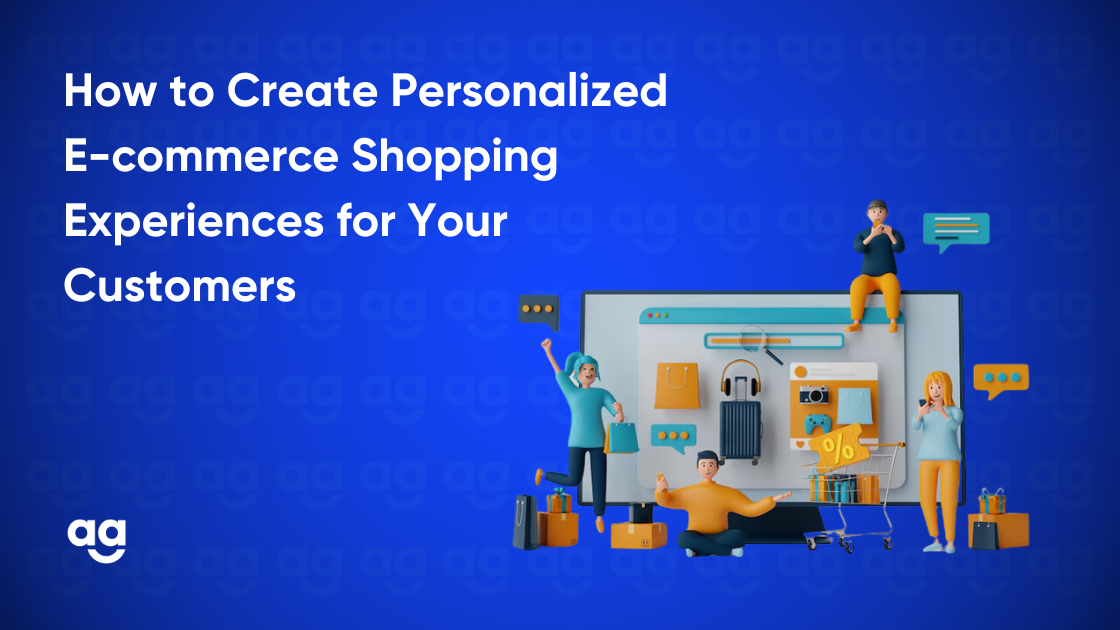Introduction
When your customer gets the right product suggestions at the right times on the website, it enhances the shopping experience and builds a trustworthy brand image. This strategy is one of the many perks of personalization in e-commerce.
E-commerce owners have unlocked the power of delivering personalization and tailored services to their customers. This unique experience of shopping is what customers love the most.
This article outlines how you can make your customers happier, by following simple steps of personalizing your e-commerce.
Power of Personalization
E-commerce personalization involves using customer data such as browsing history, journey patterns, and preferences for customizing website content. This encourages better customer engagement and makes shopping a unique experience.
Reports suggest that 73% of customers expect companies to have an understanding of the customer’s unique requirements and expectations. With personalization, you responsibly and ethically use user data to generate customized interfaces for your lifetime customers.
Here are some of the reasons your customers would love personalization:
Customer Satisfaction:
When customers easily find what they’re looking for because of a personalized website, the bounce rate lowers, and website engagement increases.
Win-Win in Personalizing:
When you provide customized loyalties and rewards for returning customers, you build an engagement with them. And customers, in return, feel special and rewarded.
Building Trust:
With such a competitive E-commerce market, offering personalized options to your customers with purchasing intent saves them time and effort. The efficiency of your website converts them into loyal customers.
How to Personalize Your E-commerce Website
Step one to personalization is fixing all your E-commerce website’s bugs, glitches, and slow-loading page issues.
Once you’ve achieved optimal performance for your website with a user-friendly and enticing design, the following are the next steps to provide your customers with personalized e-commerce experiences:
1. Product Recommendations
The returning customers should be able to pick up where they had left off.
For example, displaying personalized options like ‘recently viewed items’ or ‘buy again’ makes the page unique for the customer. The customer might have shown interest in a product previously and, with personalized options and browsing history, might go ahead with the purchase.
Browsing History : Offer options like ‘View similar products’ and ‘Frequently paired with’ to make it easier for customers to find what they like.
Real-time customization: Offer tailored recommendations based on website activity and searched products.
Customer Demographics: Customize search results based on age, gender, and location.
Purchase Patterns and History: Suggest more options based on past purchases.
2. Content Personalization for Website
By displaying targeted content for customers, you ensure they aren’t lost on your website and turn the website browsing into a fun experience.
Dynamic Search Results: Your website should offer tailored options and content that has been personalized for your customers. For example, if it’s a clothing website, display the styles loved by your customers and offer exciting discounts or express deliveries to encourage engagement.
Homepage Banners: You can change homage banners based on customer preferences and purchase history.
Personalization in Emails: Sending relevant emails with targeted products to your customers helps in more engagement.
3. Interactive Features:
Here are some interactive features you can add to provide your customers with personalized e-commerce experiences:
Product Surveys and Quiz: Gathering user data about preferred styles and budgets, for efficient personalization.
Wishlists and Watchlists: Make the website more customizable with options for wishlists, which can have special offers.
Loyalty Programs: Offering incentives, rewards, and bonuses based on product purchases and engagements.
Product Configurators: Personal customization options on products encourage customer interactions with the brand.
Live Chat & Virtual Assistants: Offering personalized chat support based on consumer purchase habits or past interactions.
Final Words
When you opt for personalized e-commerce experiences, you’re steadily building a clientele that will boost your sales and help your business thrive. Your website design can leverage the power of personalization to secure website traffic and customer satisfaction, guaranteeing good sales in the long run.
To make all of the above happen, you need a reliable logistics partner that provides expert assistance in e-commerce industries. Shipyaari, India’s top logistics service, will make it happen for you.
So what are you waiting for? Ship with Shipyaari today!







 Shipping
Shipping







